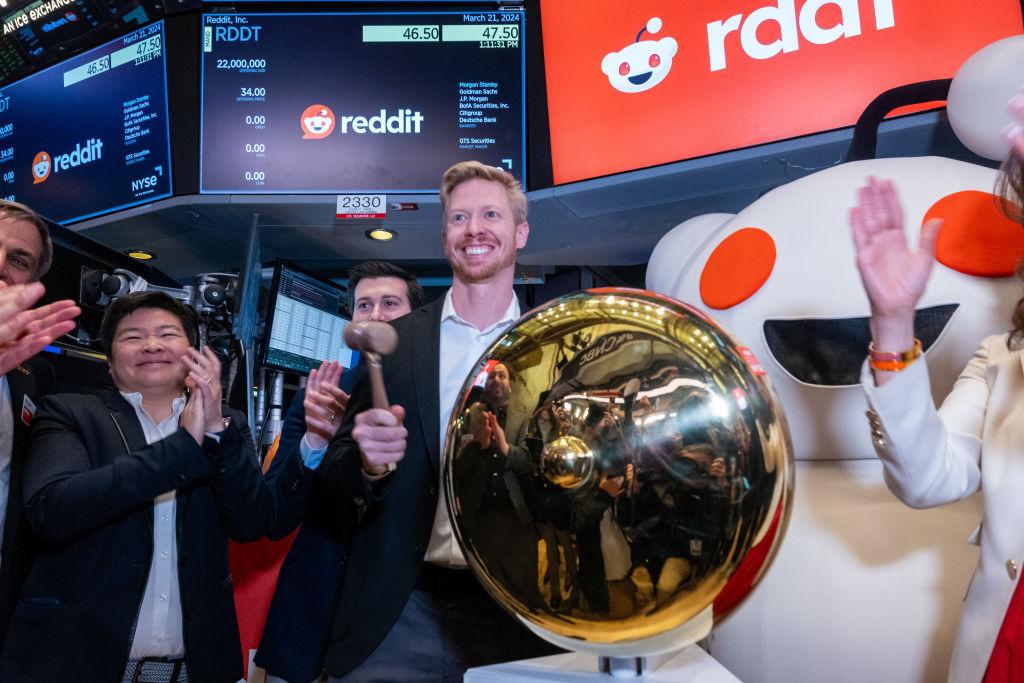Commentary
If you are under the age of 40, you likely are actively engaged in building a family and building a career. You are also actively engaged in building up enough wealth so that when you hit the back nine of your life, you can retire and enjoy it. I am in the back nine of my life, so I understand where the under 40 set is at. However, thanks to technological changes, the sands have shifted a lot since I was in my twenties, thirties, and forties. The rules of the game have also changed.





